For centuries, people have used India’s many sacred caves as locations for prayer, meditation, and spiritual solace. Both pilgrims and tourists are drawn to these caves because of their exceptional blend of natural beauty and religious significance. Whether they are naturally formed over millennia or carved out of rocky landscapes, they offer serene havens where one can commune with the divine energies and ancient customs. Surrounded by elaborate carvings, holy symbols, and the sounds of ancient prayers, visitors frequently find themselves in a state of peace and serenity. These caves invite visitors on a life-changing journey of self-discovery and spiritual awakening, whether they are tucked away in the mountains, hidden in forests, or situated next to rivers. Exploring them offers the opportunity to see amazing works of art and history as well as to feel the connection between nature and divinity.
ALSO READ: From Mini Switzerland To Little France — Explore Places In India That Resemble Foreign Lands
1. Patal Bhuvaneshwar Cave Temple, Uttarakhand
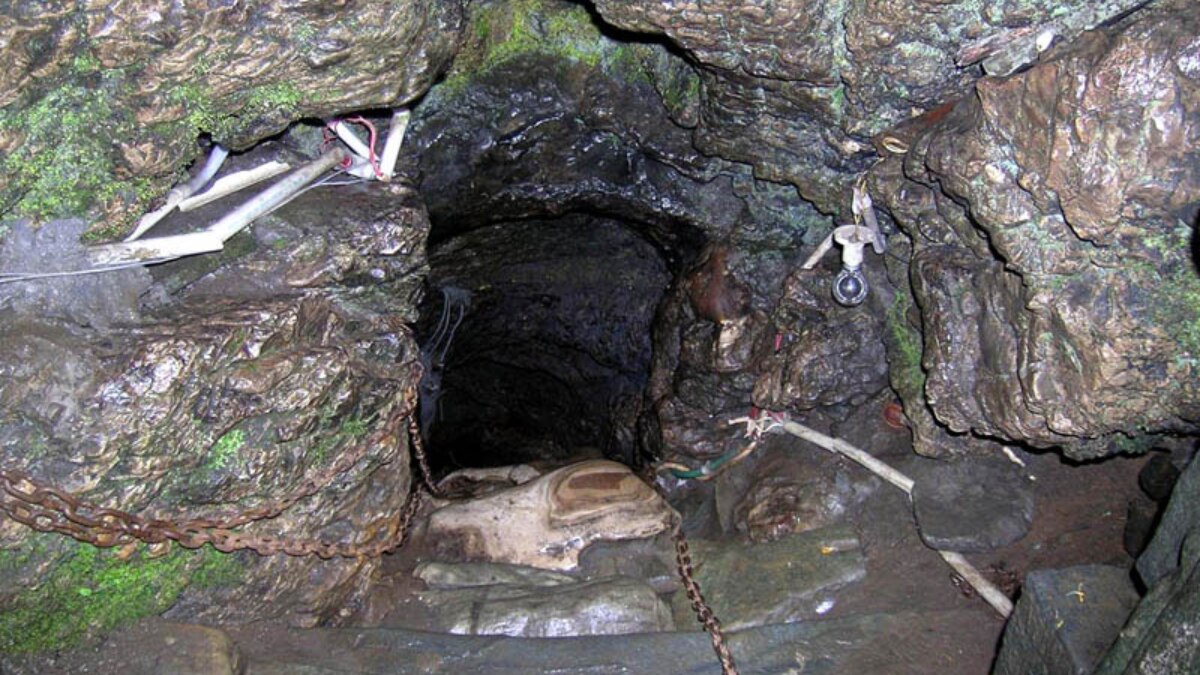
Patal Bhuvaneshwar is a revered limestone cave temple devoted to Shiva located in the Kumaon region of Uttarakhand. It is located in the Pithoragarh district, about 14 kilometres from Gangolihat, and is 1,350 meters above sea level. The cave is known for its intricate system of tunnels and chambers, as well as its naturally occurring limestone formations that resemble mythological characters and Hindu gods. People believe that this cave is the home of 33 crore gods and goddesses, enhancing its spiritual importance. A narrow passage leads the visitors into this sacred destination. Electric lights softly illuminate the interior, adding to the peaceful, enchanted ambiance. Patal Bhuvaneshwar has been revered since ancient times, and the Skanda Purana mentions it, highlighting its significance as a sacred pilgrimage site in India.
2. Badami Caves, Karnataka
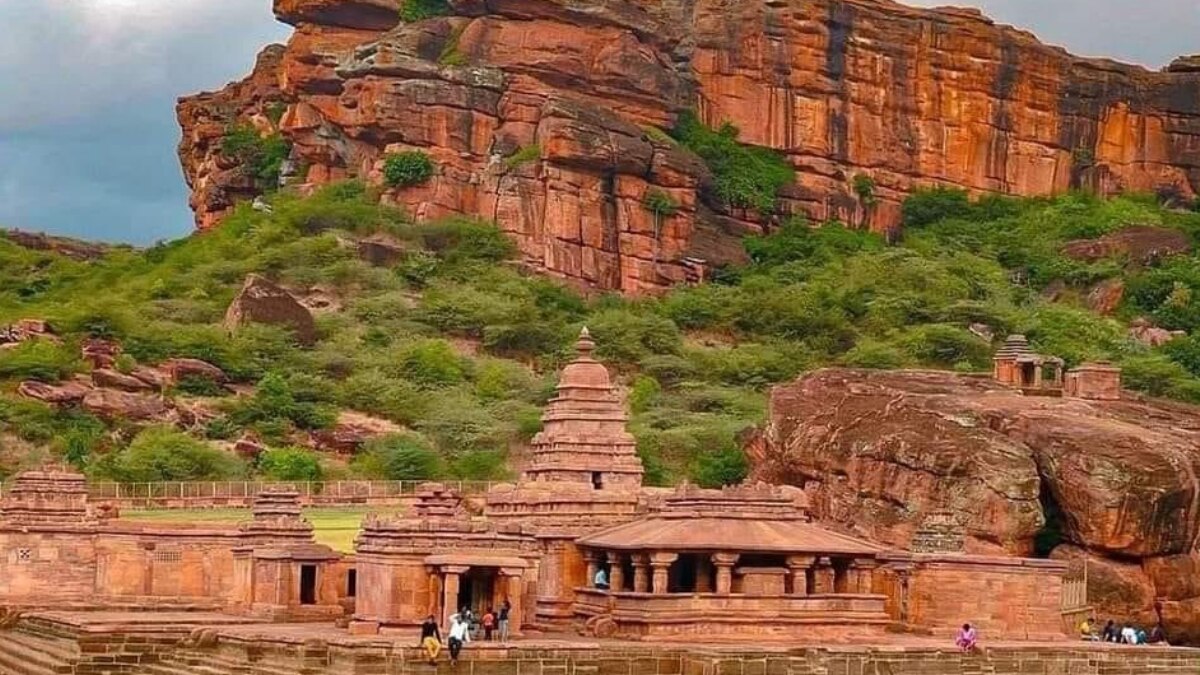
The Badami Caves in Karnataka are a remarkable collection of rock-cut temples from the sixth century. These caves are carved into red sandstone cliffs and are the magnificent examples of early Chalukya artistry and architecture. Highlighting the religious diversity of the time, there are four main caves, each dedicated to a different Hindu deity, mainly Shiva, Vishnu, and Jain Tirthankaras. The exquisitely painted ceilings, sculptures, and finely carved pillars in the caves portray mythological scenes and legends. Located in the town of Badami, the Badami Caves are surrounded by rocky hills and Agastya Lake, which creates a serene and breathtaking vibe. The caves provide an intriguing window into India’s rich cultural and religious legacy, attracting history buffs, art enthusiasts, and spiritual seekers.
3. Udyagiri Caves, Madhya Pradesh
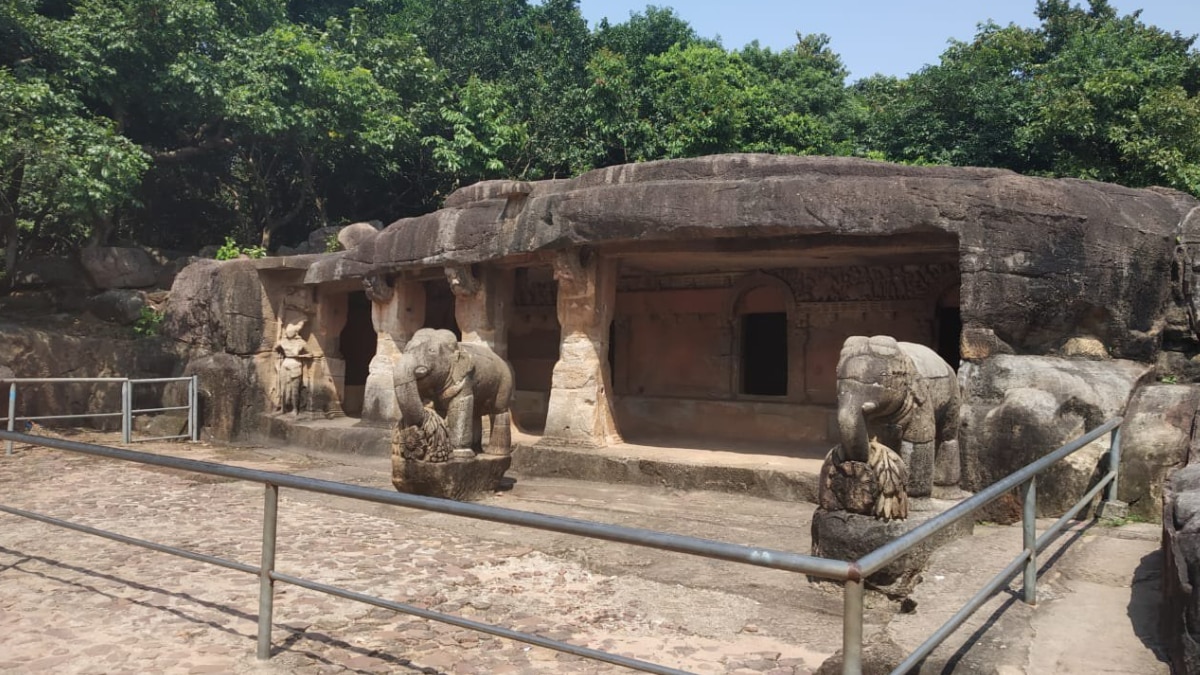
The Udayagiri Caves, located in Madhya Pradesh close to Vidisha, are a collection of about 20 prehistoric rock-cut shelters that date to early fifth century CE. These caves are among the earliest examples of Hindu temple architecture in India, having been constructed during the reign of Emperor Chandragupta II. The majority of the caves are devoted to Hindu deities like Vishnu, Shiva, and Durga, while one cave is a Jain sanctuary, which reflects the religious diversity of that time. Cave 5’s striking relief, a well-known work of Gupta-era art, shows Vishnu in his Varaha incarnation lifting the Earth goddess from the cosmic waters, is one of the most renowned sites of Udayagiri Caves. These caves have inscriptions in Prakrit and Sanskrit that provide important historical context. Udayagiri is considered as a significant monument that displays the Gupta dynasty’s artistic and religious legacy.
4. Varaha Cave, Tamil Nadu
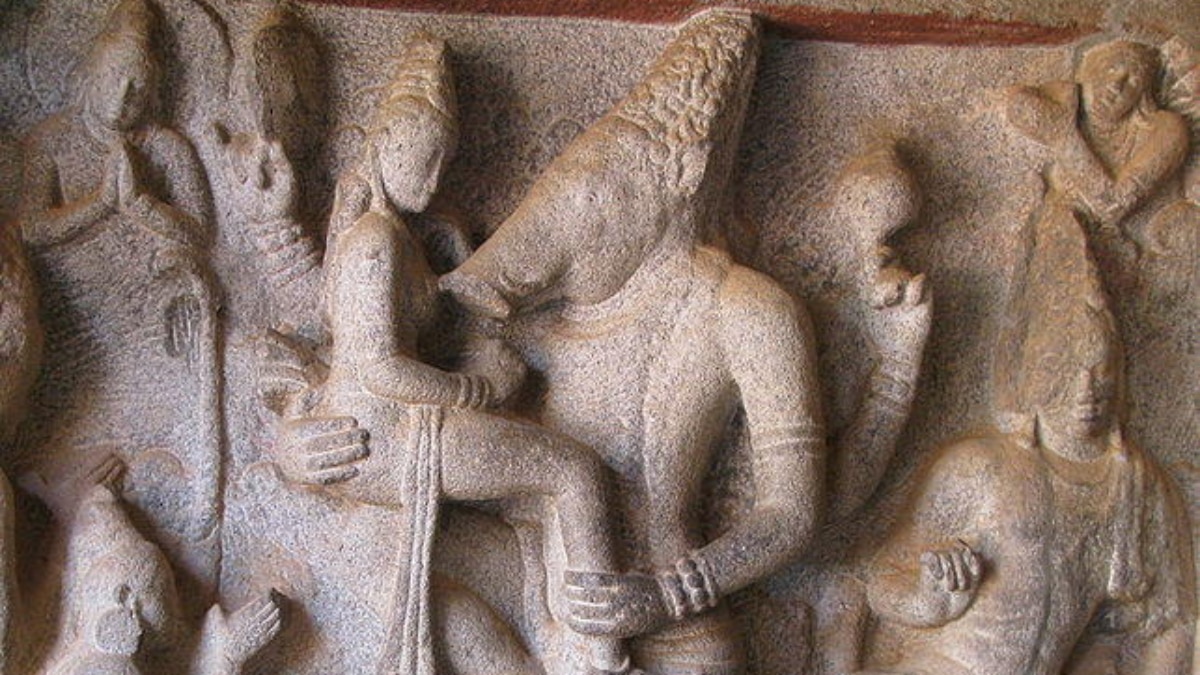
The Varaha Cave is a famous rock-cut temple in Tamil Nadu dedicated to Lord Vishnu’s boar incarnation, Varaha. This cave temple of Tamil Nadu is a larger complex of ancient monuments that showcase the rich heritage of South Indian temple architecture. The cave’s Varaha idol represents the return of cosmic order by showing the divine boar lifting the Earth goddess. Devotees and history buffs alike are drawn to the cave’s serene atmosphere and intricate carvings. The religious devotion and artistic excellence of the time period in which this site was built are reflected in it. The Varaha Cave is a must-see spiritual destination in Tamil Nadu for those interested in mythology and ancient Indian art. The place is surrounded by natural beauty and provides visitors with a serene space for worship.
5. Ellora Caves, Maharashtra
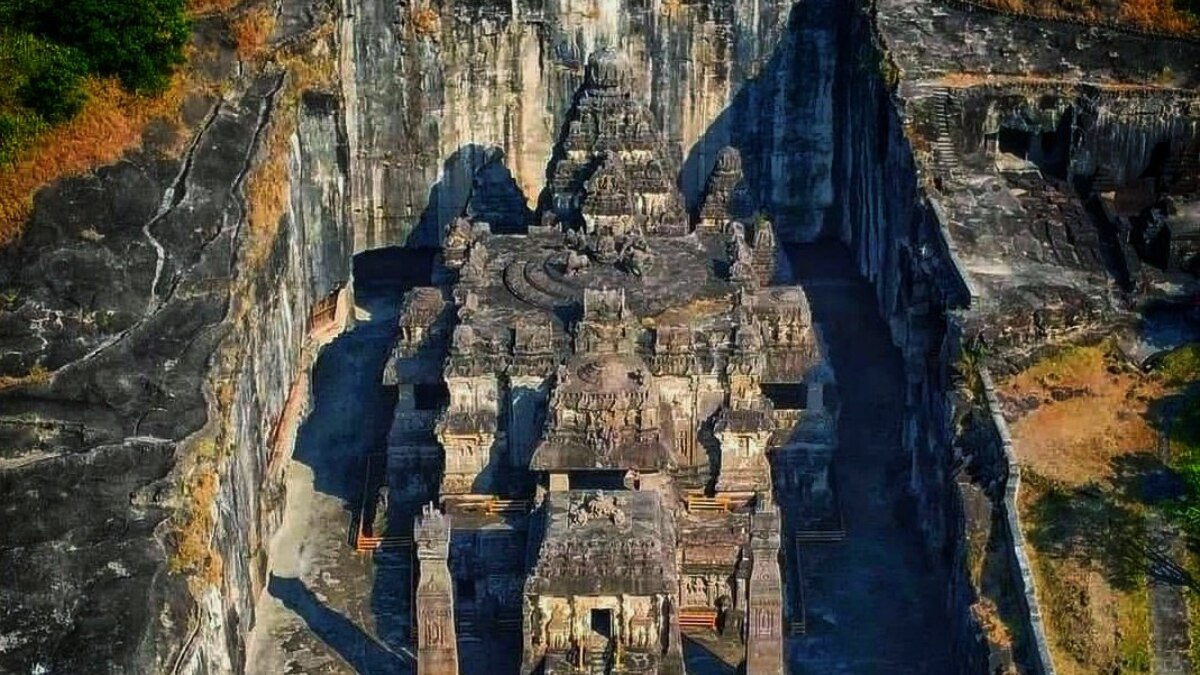
Ellora Caves of Maharashtra are a gigantic complex of rock-cut temples and monasteries that were carved between the 6th and 10th centuries CE.India’s rich religious diversity is reflected in this UNESCO World Heritage Site, which features an impressive blend of Hindu, Buddhist, and Jain monuments. The Kailasa Temple, a massive monolithic structure made entirely of one rock and devoted to Lord Shiva, is the most famous architectural wonder among the 34 caves in this destination. The elaborate sculptures, finely detailed carvings, and striking frescoes of these caves highlight the ancient Indian art and mythology. The Ellora Caves are surrounded by rocky hills and draws pilgrims, scholars, and tourists to witness their majestic architectural marvels. It is a must-visit destination for anyone interested in spirituality and heritage because of its exquisite craftsmanship and harmonious blend of cultural history.

